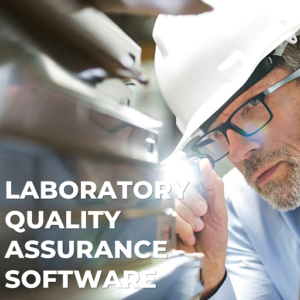In regulated scientific and healthcare environments, compliance isn’t just a legal requirement—it’s a pillar of trust and credibility. GMP, GLP, and GCP in labs are internationally recognized standards designed to ensure quality, consistency, and safety across all laboratory operations. Understanding the distinctions and relationships between these guidelines is essential for building a strong quality assurance framework.
GMP, GLP, and GCP in Labs: A Guide to Lab Quality Assurance

What is GMP?
Good Manufacturing Practice (GMP) focuses on the manufacturing and production processes within labs, particularly in pharmaceutical and life sciences sectors. GMP ensures that products are consistently produced and controlled according to quality standards. It covers everything from facility hygiene and environmental conditions to the qualification of personnel and calibration of equipment. Proper documentation under GMP is crucial, as it provides traceability and accountability in every step of the process.
What is GLP?
Good Laboratory Practice (GLP) is essential for non-clinical research and development labs. It ensures that studies are scientifically sound and reproducible. GLP covers test facility organization, standard operating procedures (SOPs), study protocols, raw data management, and reporting. For labs conducting safety testing or chemical analyses, GLP compliance boosts the credibility of data and facilitates regulatory submissions to authorities like the FDA or EMA.
What is GCP?
Good Clinical Practice (GCP) applies to labs involved in clinical research and human trials. It ensures ethical and scientific standards are maintained while safeguarding the rights, safety, and wellbeing of participants. GCP in labs includes proper sample tracking, secure data handling, timely reporting, and adherence to trial protocols. Accurate lab support under GCP is critical to producing valid results and protecting patients during medical research.
Integrating GMP, GLP, and GCP in Labs
For many organizations, the intersection of these standards can be complex, especially when a lab operates across research, manufacturing, and clinical environments. Integrating GMP, GLP, and GCP in labs helps maintain a seamless quality assurance strategy. It promotes data integrity, reduces errors, and ensures compliance throughout the product or study lifecycle.
Adopting software tools for quality management, audit tracking, deviation handling, and SOP control can streamline compliance across all three standards. Training personnel regularly and conducting internal audits are also key to maintaining a compliant and efficient lab environment.
Conclusion
Whether you’re producing pharmaceuticals, conducting non-clinical research, or supporting clinical trials, a solid understanding of GMP, GLP, and GCP in labs is vital. These guidelines not only help you meet regulatory obligations but also drive better results, increased trust, and a stronger reputation in the industry.
QHSE SOFTWARE SOLUTION
Laboratory Quality Assurance Software
QC Plans of Laboratory Quality Assurance Software
Features of Laboratory Quality Assurance Software
Benefits of Laboratory Quality Assurance Software
Support for Laboratory Quality Assurance Software
FREE demo of Laboratory Quality Assurance Software
CONTACT
Akshar Management Consultant
+91-9909979870
